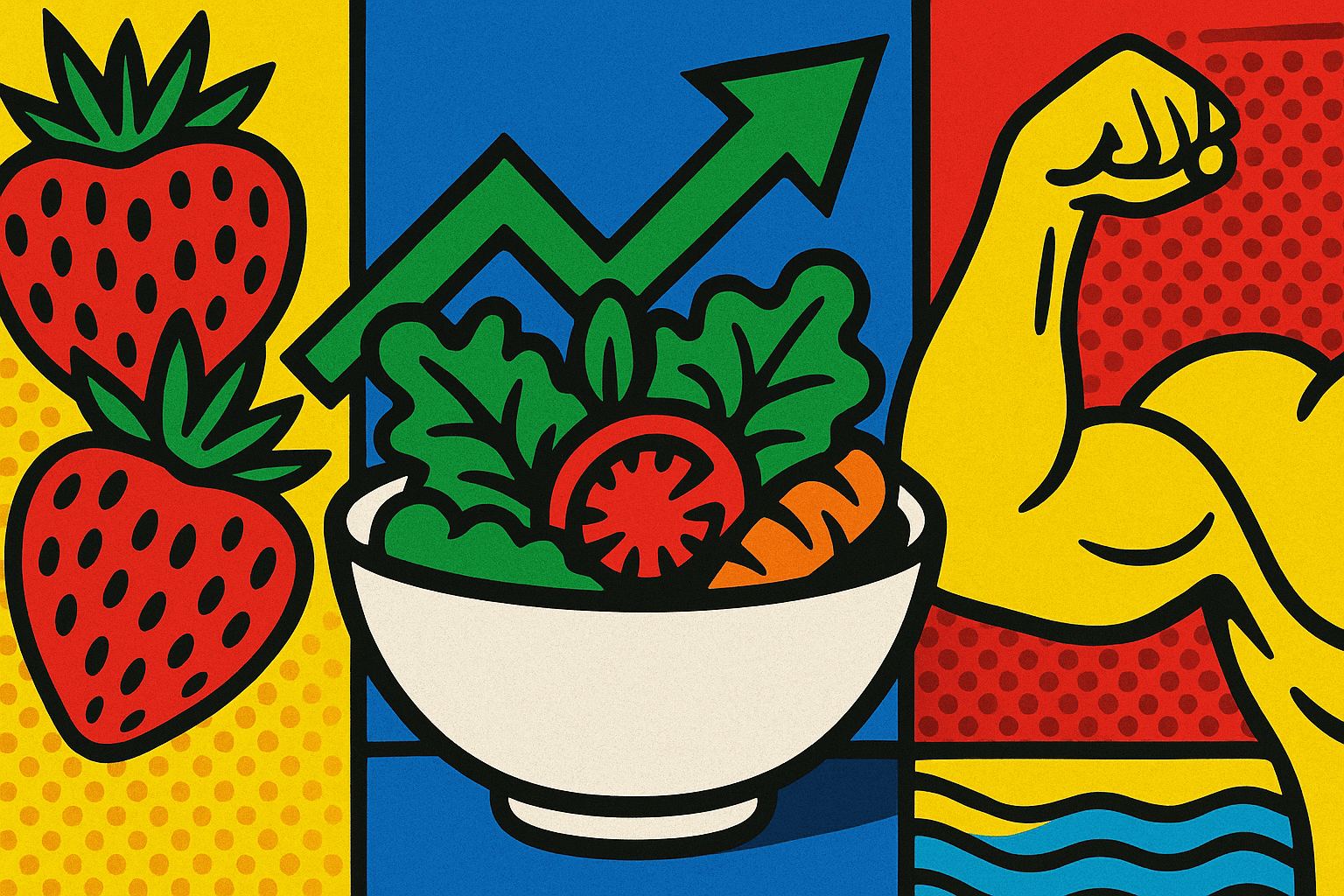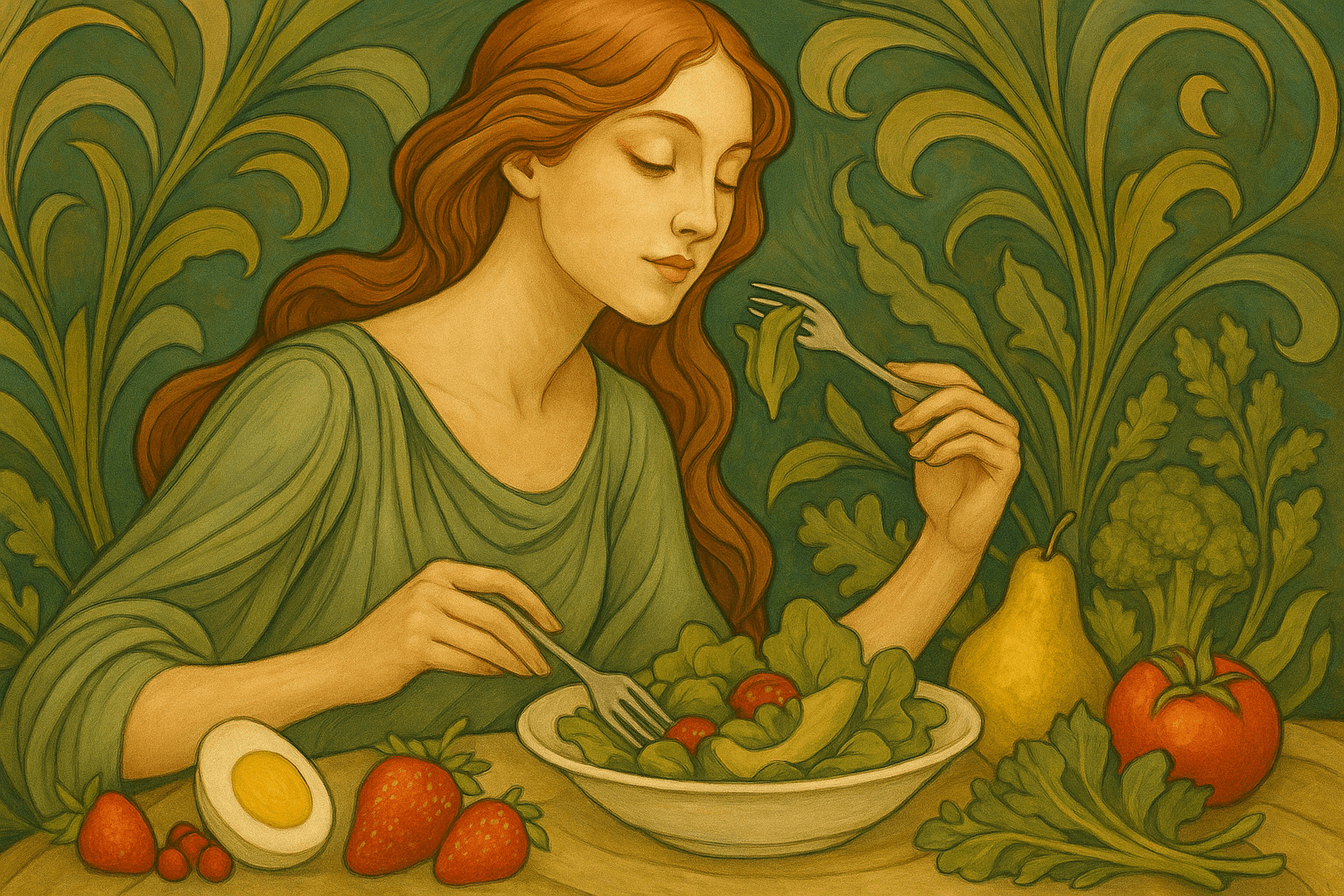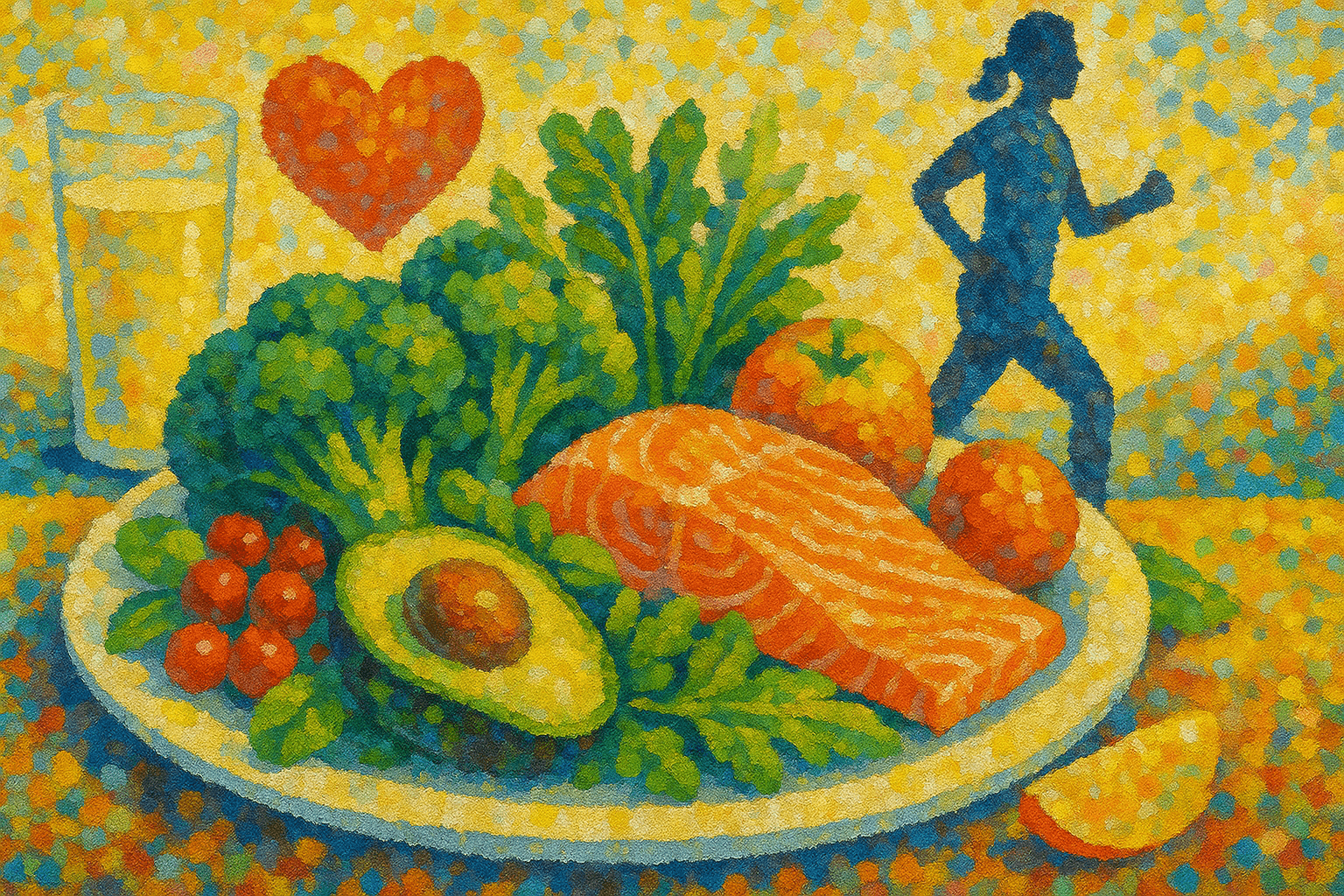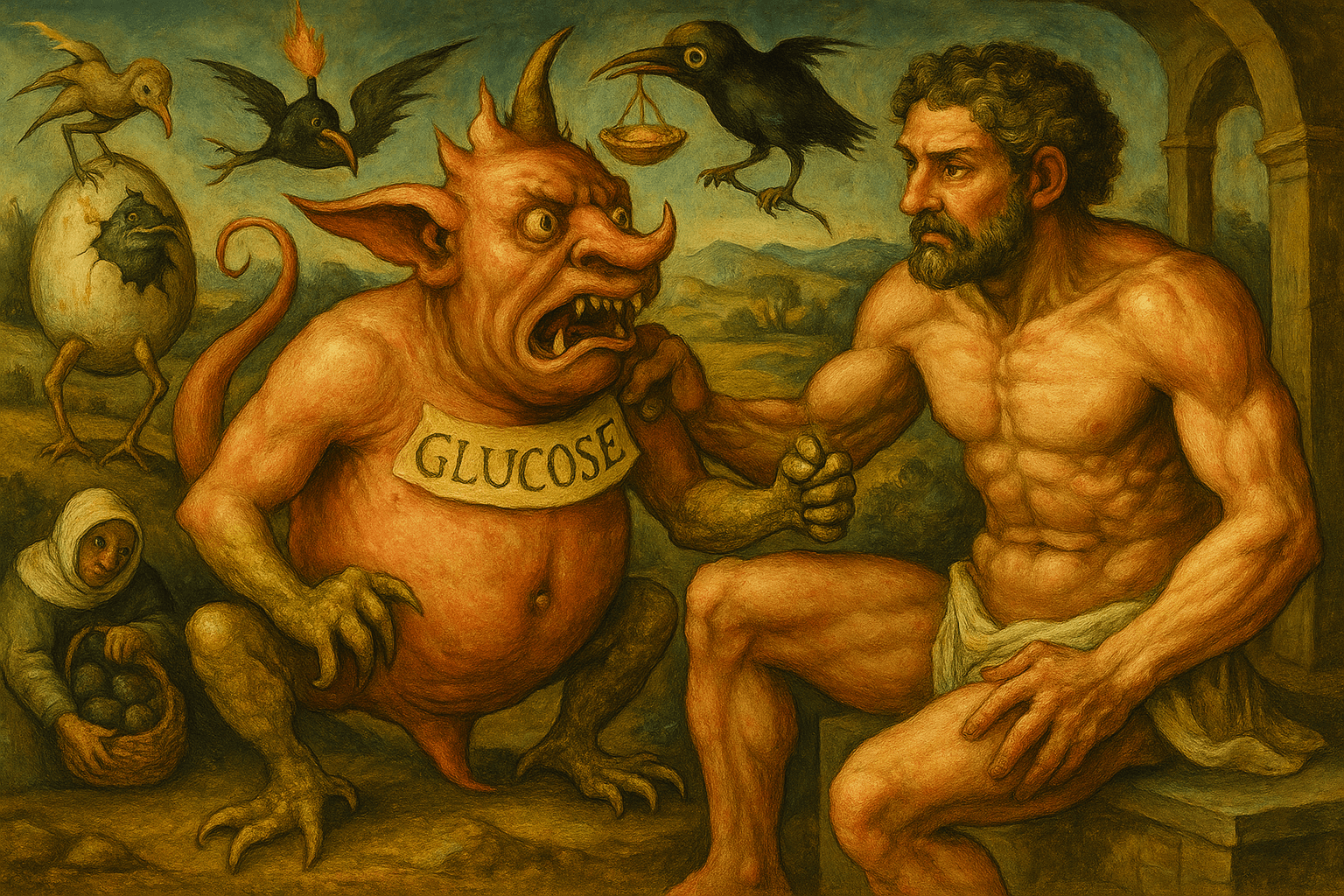Mastering Blood Sugar: How to Take Control of Type 2 Diabetes with Food, Habits, and Smart Science
Published on June 24, 2025
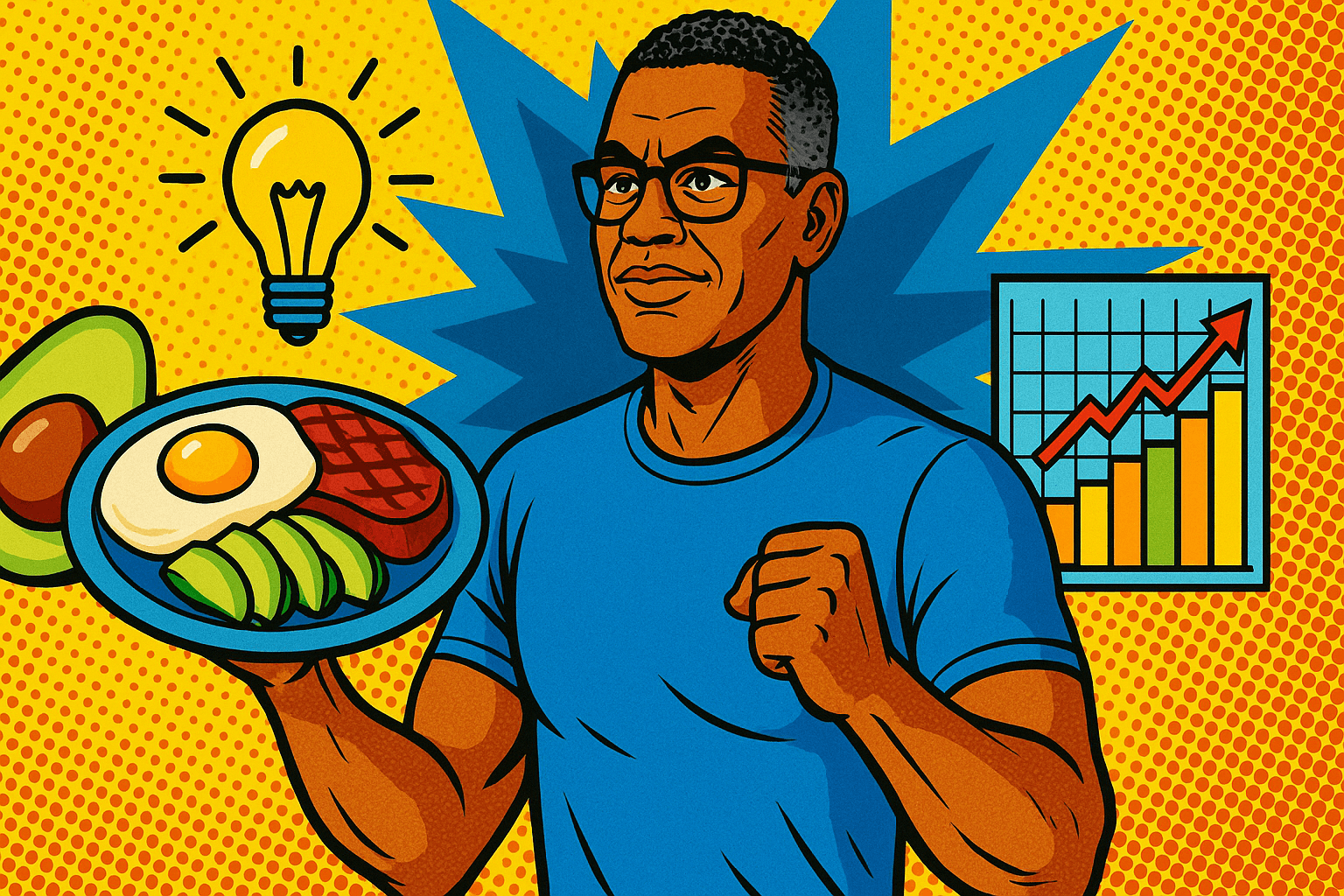
What Is Type 2 Diabetes, Exactly?
Type 2 diabetes is a chronic condition where your body resists insulin or doesn’t produce enough of it, leading to elevated blood sugar. This can damage blood vessels, nerves, kidneys, and other organs over time.
But it’s not a life sentence. With daily choices and consistency, many people can reverse or significantly improve their condition. The secret lies in habits that restore insulin sensitivity and metabolic balance.
Blood Sugar Basics
Glucose fuels your body, and insulin helps move it into cells. In type 2 diabetes, this process falters, leading to:
Chronic low-grade inflammation
Elevated triglycerides
Blocked energy pathways
Long-term complications if unmanaged
Addressing these means more than avoiding sugar — it’s about how you eat, move, and rest.
The Role of Food
Carbs matter, but so do timing, pairing, and quality.
High-glycemic carbs cause sharp glucose spikes
Low-glycemic carbs offer gradual energy
Pair carbs with protein, fat, and fiber to smooth glucose response
Example:
Apple alone → spike
Apple + almond butter → steady curve
Protein, Fiber, and the Power of Three
Protein stabilizes blood sugar and supports muscle, key for insulin sensitivity. Include protein at every meal:
Eggs
Fish and poultry
Tofu, tempeh
Low-fat dairy
Lentils and beans
Fiber slows glucose absorption and supports gut health. Aim for 25–35g/day from:
Beans
Chia and flax seeds
Oats
Brussels sprouts
Avocados
Artichokes
Meal Timing and Intermittent Fasting
Forget constant grazing. Instead:
Eat 3 balanced meals per day
Fast 12–14 hours overnight (e.g., 7pm to 9am)
This gives your pancreas a break, lowers fasting insulin, and activates autophagy
Glucose-Balancing Habits
Walk 10–15 mins after meals
Strength train 2–3 times per week
Get 7–9 hours of sleep
Practice stress-reduction techniques
Stay hydrated
Get morning sunlight for vitamin D
Eat slowly and mindfully
Foods That Help Regulate Blood Sugar
Spinach, kale, and leafy greens
Cinnamon
Berries
Eggs
Greek yogurt
Nuts and seeds (walnuts, chia)
Beans and lentils
Salmon and sardines
Yams over white potatoes
Apple cider vinegar
Green tea
Sample Glucose-Friendly Day
Breakfast:
2-egg omelet with spinach and avocado
Berries
Green tea or black coffee
Midmorning (optional):
Handful of almonds or boiled egg
Lunch:
Grilled chicken salad with chickpeas, olive oil, and seeds
Optional: whole grain toast or lentil soup
Afternoon Snack:
Hummus with cucumber and olives or pickled veggies
Dinner:
Salmon with lemon and ginger
Quinoa and steamed broccoli
Sautéed mushrooms and green salad with pumpkin seeds
Evening (optional):
Herbal tea and Greek yogurt with cinnamon
What to Skip (Rarely and Deliberately)
Sweetened beverages
Processed snacks
White bread and pastries
Fast food and fried meals
Sugary breakfast cereals
Sugary cocktails and excessive alcohol
Focus on what you can add — not just subtract.
Why Monitoring Matters
Regular tracking = real-time insight.
Track:
Fasting glucose
Post-meal glucose (1–2 hours)
Sleep quality
Energy levels and cravings
Consider using a continuous glucose monitor or basic meter to spot trends.
Progress, Not Perfection
Aim for steady patterns, not perfection.
Celebrate small wins: fewer cravings, better energy, more stable readings.
If you slip, reset at the next meal. This is a lifestyle, not a test. You are not your diagnosis — but your habits can be transformational.



